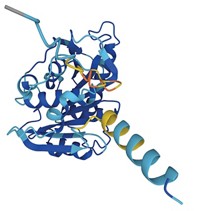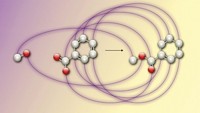Advertisement
Grab your lab coat. Let's get started
Welcome!
Welcome!
Create an account below to get 6 C&EN articles per month, receive newsletters and more - all free.
It seems this is your first time logging in online. Please enter the following information to continue.
As an ACS member you automatically get access to this site. All we need is few more details to create your reading experience.
Not you? Sign in with a different account.
Not you? Sign in with a different account.
ERROR 1
ERROR 1
ERROR 2
ERROR 2
ERROR 2
ERROR 2
ERROR 2
Password and Confirm password must match.
If you have an ACS member number, please enter it here so we can link this account to your membership. (optional)
ERROR 2
ACS values your privacy. By submitting your information, you are gaining access to C&EN and subscribing to our weekly newsletter. We use the information you provide to make your reading experience better, and we will never sell your data to third party members.
Analytical Chemistry
Googling Helps Map H-Bonding Networks
Data-analysis software uses the PageRank algorithm to understand the network structure of hydrogen-bonded solvents
by Stephen K. Ritter
February 6, 2012
| A version of this story appeared in
Volume 90, Issue 6
Computational chemists have developed a data-mining tool that takes advantage of Google’s PageRank numerical weighting algorithm to analyze the organizational structure and dynamics of simulated hydrogen-bonded solutions (J. Comput. Chem., DOI: 10.1002/jcc.22917). Google and other search engines use PageRank to determine how relevant a website hit is to a search and to prioritize the results. Aurora E. Clark of Washington State University, along with Barbara Logan Mooney and L. René Corrales of the University of Arizona used R, a statistical computing programming language, to create software scripts they call moleculaRnetworks to analyze the solvation spheres of water molecules around a solute. The scripts use PageRank to track dynamical changes in the hydrogen-bonding network and identify geometric shapes adopted by the solvent around a solute. The study, which appears to be the first time PageRank has been applied to chemical problems, “has turned out to be a nice way to fold modern Internet informatics into the field of computational chemistry,” Clark says. She believes the program could be used in simulations of other time-dependent phenomena, including nucleation and self-assembly.




Join the conversation
Contact the reporter
Submit a Letter to the Editor for publication
Engage with us on Twitter